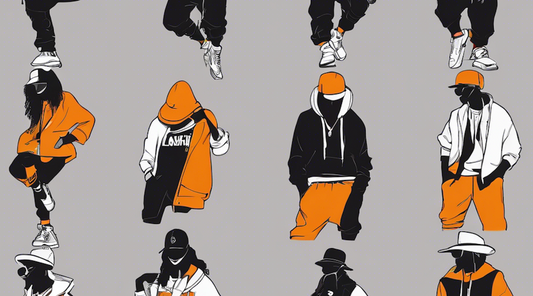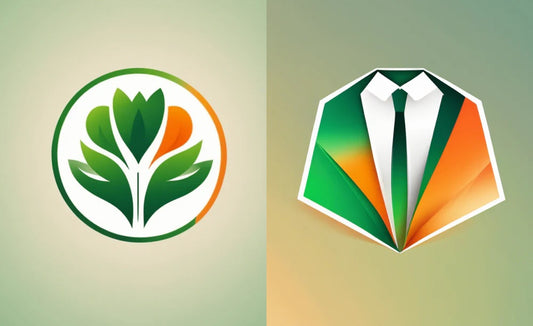Introduction
We released a new pair of shoes as an item on ZEPETO at the end of July.
Interestingly, this model was created using Kaedim.
We've talked about Kaedim a few times in our previous blogs.
We've been exploring how Kaedim's models can be effectively used in actual CG production. Today, we'll showcase the creation of a shoe model as an example.
Generating 3D Models from Images with Kaedim
The image we used was created on Midjourney.
3D Model Revision Process
We began by taking screenshots of the 3D model from various angles and comparing them with the image. We formed a revision plan after examining unseen aspects like the back and underside of the model.
We also made modifications so that it looked more like sneakers; for example, opening up areas that were automatically filled in and correcting parts where the contact surface with the ground was rounded off.


Here is the final model after making adjustments and assigning colors and materials.
Creating a Model for ZEPETO
To make the model compatible with ZEPETO, we reduced the polygon count to make it low-poly so that avatars could wear it.
For more details about the workflow, click here.


Summary
Instant 3D Transformation
Normally, creating a 3D model from a single image requires drafting.
Furthermore, it's often hard to tell whether the draft is adequate until it's turned into 3D.
Transforming it into 3D first made it easier to understand how various parts connect and clarified ambiguous elements in the image.
Quick Sharing
Producing a 3D model usually takes a considerable amount of time for verification. Using Kaedim enables quick sharing of progress, facilitating collaboration and the incorporation of feedback.
Finalizing with Revisions and Modifications
In this shoe model, there were parts that we used without making any changes.
Some portions were easier to remake due to distortions in the original image.
Areas highlighted in the diagram were specifically revised.
I estimate that around 4-5 hours were saved in the modeling process.
Use Cases
Since this was a digital product intended to be used entirely in 3D, visual modeling was sufficient, and it was also possible to make the avatar wearable.
On the other hand, if considering the production of a physical item, redesigning would be necessary. It's preferable to use Kaedim's models as a reference for shape, while creating new data that takes into account factors like balance and strength.
We aim to continue experimenting with tools that can improve our production workflow.




![[Easy on Your Smartphone] How to Create ZEPETO Items with Maison AI](http://open-fashion.com/cdn/shop/articles/387ac76082623e94218de7c076a87675.jpg?v=1712232721&width=533)

